Do Hurt People Really Hurt People?
Challenging the flawed logic behind an overused platitude and why true survivors heal instead of harm.
What Are We Really Protecting When We Say “Hurt People Hurt People”?
“Don’t tell me hurt people hurt people. I was bleeding, and I still chose to bandage others.” —Lovette Jallow
I’ve had therapists counsel me and the abusive partners harming me—in the same room. They told me to leave. They told them to let me go. We both nodded. Then we walked out, and they convinced me to go out for brunch. I said yes. Not because I was confused about the abuse, but because I kept hoping someone would do more than just name it. I wanted it to stop.
In 2023, I even agreed to therapy with the woman who sexually abused me when I was a teenager. She was sixteen years older and had posed as a safe friend. She admitted to everything. Then pivoted: claimed the Swedish government was tracking gay people. She never came back. I thankfully recorded her confession and handed it to the police.
And still, I didn’t go around harming people. I was coordinating humanitarian aid across borders. Recovering from burnout. Avoiding crowds because autism. And writing. But say that out loud, especially as a Black neurodivergent woman, and someone will eventually reply: “Well, hurt people hurt people.” As if that explains everything.
It doesn’t. It protects something. The question is: what?
Yesterday, I published an essay on Rejection Sensitivity (RSD). The responses came quickly many thoughtful, some introspective, a few reactive. That didn’t surprise me. RSD often means interpreting someone else’s processing as a personal attack, even when it’s not about you at all.
I wrote clearly: I won’t carry projections that don’t belong to me. I study people. I observe their patterns. I meet them through likeness, through shared harm. But shared harm doesn’t guarantee shared behavior.
And when someone with access to healing chooses to weaponize their emotions and I name it, explain how it landed, identify the pattern their only defense is often: “Hurt people hurt people.”
It’s not profound. It’s a deflection. It flattens trauma into inevitability. It signals a lack of nuance by the person saying it, not wisdom. It excuses harm that should be accountable, especially when repeated by those who’ve had every chance to do better.
So let’s talk about what that phrase is really doing in this essay, what it excuses, and what it refuses to name.
Why 'Hurt People Hurt People' Isn’t Always True
“Hurt people hurt people.” It started as a warning. It became a diagnosis. Now it circulates like truth; but mostly protects avoidance.
You hear it in therapy offices, on wellness podcasts, in friend breakups, and in arguments online. At best, it’s an attempt at compassion. At worst, it’s a shield for unprocessed harm. Because the phrase flattens something that’s never flat: what people do with pain.
It suggests that suffering naturally spills outward. That harm is just grief in motion. But most trauma survivors don’t explode; they collapse. They scan the room. They track your tone before they speak. They rehearse how to say things safely because they know what it feels like to be punished for saying the wrong thing.
The people who cause harm? They’re not always hurting. Sometimes they’re entitled. Sometimes they’re avoidant. Sometimes they believe their pain makes them the center of every room; and your boundaries are a betrayal of that story.
So no, trauma doesn’t cause cruelty. Entitlement does. Avoidance does. The refusal to pause long enough to ask why you’re reacting the way you are.
And here’s what rarely gets named: Hurt branches. It doesn’t funnel. There isn’t one path from pain to harm. There are three:
Some people hurt; and heal.
Some people hurt; and harm.
Some people are still mid-process. Messy. In motion. Learning how not to pass it on.
The phrase “hurt people hurt people” erases those distinctions. It treats pain like a prophecy. But the truth is: pain only becomes harm when it’s paired with entitlement, when someone believes their survival story excuses their impact.
This isn’t semantics. It’s structure. Because most of us; especially Black women in trauma healing, or neurodivergent people navigating therapy built without us; aren’t harming others. We’re avoiding harm at all costs.
We’re surviving complex PTSD, autistic burnout, medical gaslighting, and emotional projection. And still; still; we pause before reacting. That’s not fragility. That’s labor. That’s restraint learned the hard way.
So if you’re going to say “hurt people hurt people,” ask the real questions:
Was the hurt named or hidden?
Was it examined or exported?
Who cleaned it up?
And who keeps being asked to?
Research Shows: Trauma Survivors Rarely Harm Others
If the phrase were true, trauma survivors would be the main abusers. But studies show the opposite. Most survivors never reenact harm. Instead, they’re repeatedly harmed; especially those living with complex PTSD, chronic marginalization, or neurodivergence. Research on polyvictimization and trauma exposure shows that harm is more often internalized, not weaponized.
We don’t externalize our pain. We blame ourselves for it. We enter systems that promise help; and get retraumatized instead. That harm shows up in patterns:
Chronic targeting in personal and professional settings
Retraumatization in therapy and “healing” spaces that misread us
Medical neglect, especially among Black and disabled patients
This is what people leave out. It’s not trauma that makes people cruel. It’s entitlement. It’s avoidance. It’s the refusal to process; and the systems that reward it. And for those of us who do try to process? We’re often handed tools that don’t fit. Therapies that misread our signals. Healthcare built on experimenting on our bodies without our realities in mind. Especially if we’re Black. Especially if we’re neurodivergent. Especially if we’re women, survivors, or navigating care outside what the system was built to hold.
So no, it’s not “hurt people” hurting people. It’s people who offload their pain instead of owning it. It’s people who expect others to hold what they won’t even name. It’s systems that fail survivors; and then pathologize our symptoms as the problem.
What Trauma Healing Really Requires
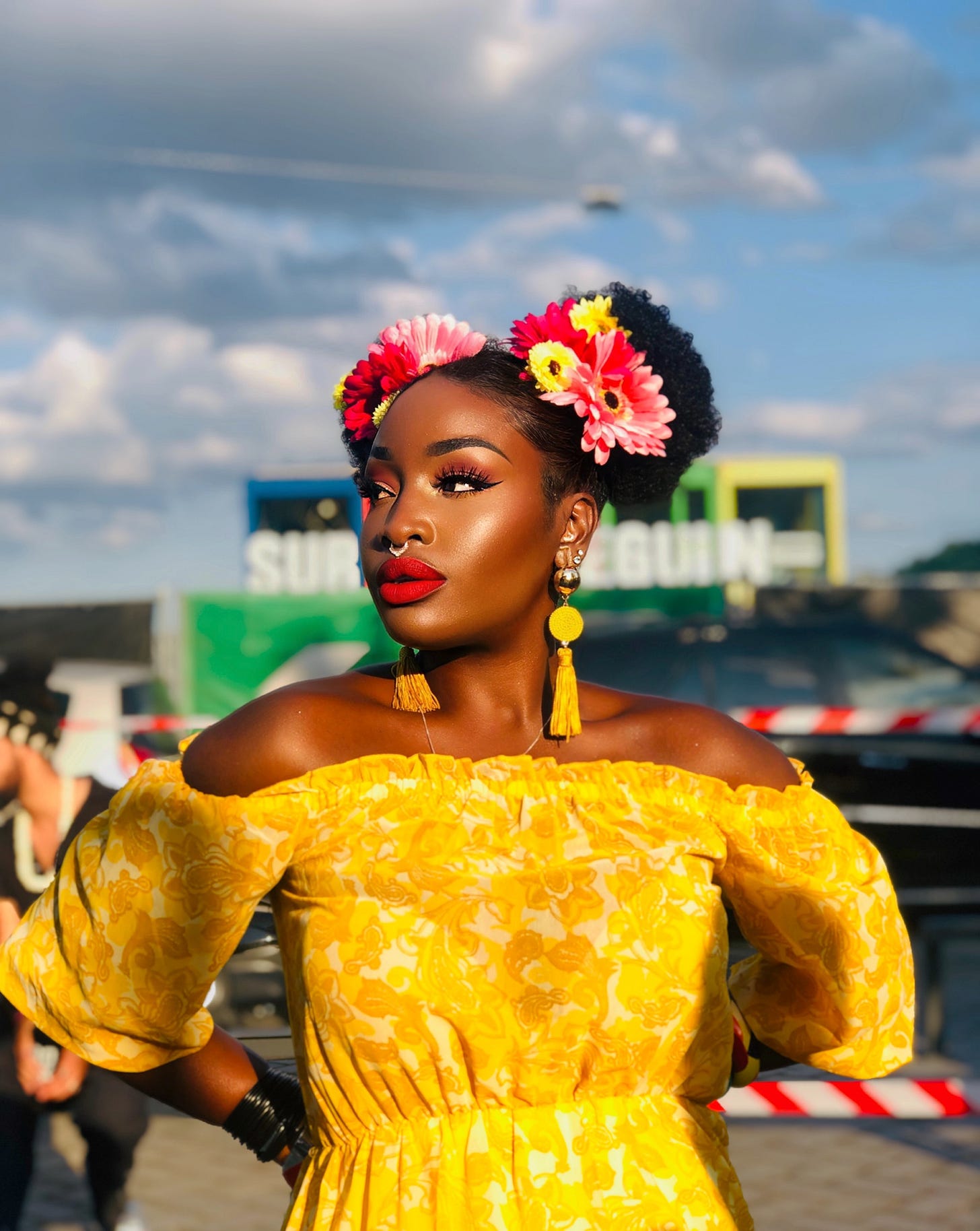
My healing didn’t start with joy. It didn’t even start with discipline. It started with suppression.
It started when I was sixteen and asked a librarian friend for a phone book and looked up a child therapist. I took a bus to their office alone, hoping they could tell me how to fit in.
My mother didn’t understand me. She didn’t like the way I read; Kafka, Dostoyevsky, Carl Jonas Love Almqvist; said my reading was obsessive, unhealthy. Said the way I looped Nina Simone songs “please don’t let me be misunderstood” on cassette or stayed up past midnight to rewatch Buffy was strange. I was imperfect for her. That therapist started naming things about my mother I wasn’t ready to hear. So I pushed back and left.
At twenty-one, I sat in another therapist’s office in England. I had come with a partner whose violence was only half of what we didn’t say. By the end of that session, the therapist told us when we left the office we should go separate ways. They had agreed with me; my partner’s drug use was affecting her mind. Her mood swings were destabilizing. This despite my partner (a mental health practitioner student) arguing that I was the problem. I was too strict. A goody two shoes. Maybe because I’ve never touched drugs, and I don’t intend to. We left the office and of course never returned and went for brunch. But even then, I continued adapting to her moods and seeking answers. I kept showing up.
At twenty-three, I was diagnosed with autism and ADHD. I survived things I didn’t name. I succeeded, overachieved, degrees, moved continents, still likable and moved forward despite everything; and because of it.
I masked until my body couldn’t anymore. When the pain hit 2023, it landed in my kidneys. In my stomach and internal bleeding. And still, the doctors didnt see me, they saw the mask and told me to go home and take a nap.
For six months, I couldn’t sleep. That was when I knew: the person who fights for everyone else, the one who holds it all, I knew I spent two decades thinking i was the problem in spaces that were problematic and the patterns settled. I had changed as much as I could and its now time to change the things that were changeable and had to start fighting for myself like I fought systems and governments and for others and won.
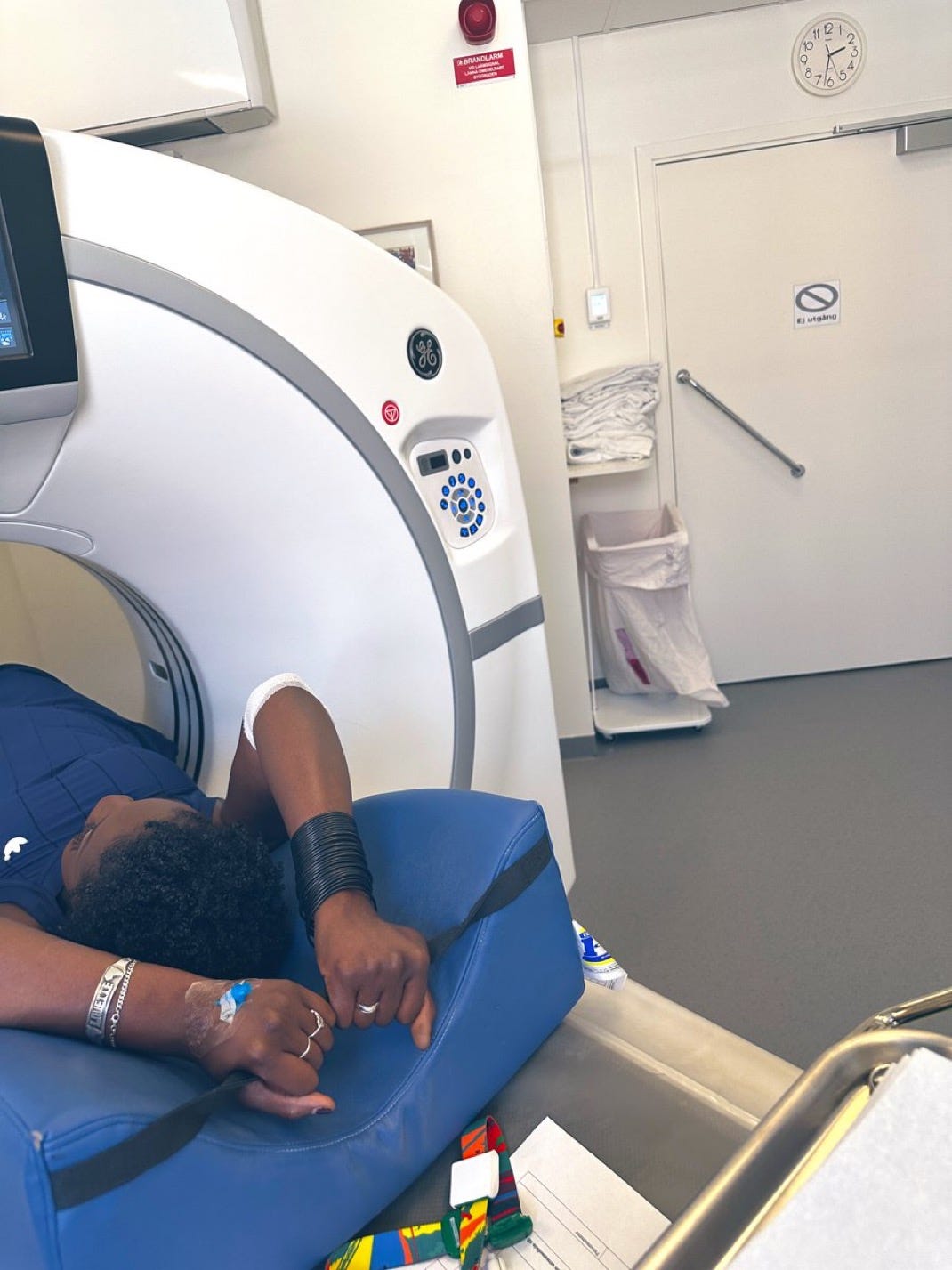
What Trauma Healing Really Requires
“Healing doesn’t feel good. It just feels honest.”
Healing doesn’t happen by accident. It’s not a glow-up. It’s not a soft aesthetic. And it’s definitely not performative neutrality in the face of harm.
It begins with a choice. A brutal one. Knowing something is wrong; maybe it’s you, maybe it’s the environment; but something isn’t right. And eventually, you decide: it’s probably you. So let’s fix it. That’s the moment. The one where you choose to sit with the pain instead of passing it on. To stop bleeding on people who didn’t cut you. That decision alone breaks most people.
People love to say “hurt people hurt people” like it’s a diagnosis. But when people like me actually go to get diagnosed; when we seek help, show up, do the worksheets, track our pain like a spreadsheet; they miss it. Or they pathologize the survival, not the cause. That’s the real danger of the phrase. It flattens why people hurt and who is allowed to heal.
Some of us; I speak for myself here, and if I sit on thousands of interviews and case studies, I wish to speak from my point of view, but just know it’s representative of many; started with what was most available and easiest to access: CBT.
CBT: Where Many Start; and Why It Fails Autistic Survivors
A therapist gives you worksheets. You identify distorted thinking patterns. You learn to reframe your thoughts. It’s neat. It’s structured. And for some, it works. But for many autistic people, including myself, our rigidity doesn’t disappear; it redirects. CBT barely scratched the surface. It overemphasized the mind and bypassed the body, treating trauma like a logic problem when it was always a sensory one.
Those of you who follow me already know: I’m an excellent communicator, both verbally and nonverbally. So of course, I could intellectualize. I dazzled. I had my therapist in stitches; a one-woman stand-up show that Netflix would eat up. By the end of CBT, I was her therapist. She still misses me. She follows me on Twitter, LinkedIn, and Threads.
And because I was articulate, observant, funny; they assumed I was fine. That’s the other problem with “hurt people hurt people.” It forgets that the most harmed people often learn to hide it best. Especially if we’re socialized to make others comfortable in the room.
Prolonged Exposure Therapy: Emotional Bootcamp or Breakdown for Neurodivergent Minds?
Then came Prolonged Exposure Therapy. This is where you’re guided back; again and again; to the worst memories of your life until your nervous system supposedly recalibrates. It’s emotional boot camp. You return to the sites of your deepest psychological injuries week after week. You record those sessions. You replay them. You physically revisit locations that broke you. And in between the meltdowns and the appointments, you’re told: “No rest for the wicked.”
For some people, this helps. For others; especially neurodivergent folks; it risks retraumatization. The system overloads. You dissociate. You crash harder. But you show up. Again and again. Because healing isn’t supposed to feel good.
And for me? I hate disappointing practitioners. So I smiled when they asked how I was feeling. And with alexithymia, I had no clue. None. Not until my kidney began malfunctioning and my stomach ulcer bled again. My body felt it before I did. My body was screaming when my emotions were silent. That’s when I realized: prolonged exposure was exposing me, but it wasn’t catching me when I fell. Or felt.
It wasn’t optimal. And the practitioner? Not culturally competent. I was handed to her as her first guinea pig; I mean, first Black patient too. To them, I was a case study. A Black autistic woman with no history of violence, who kept showing up, kept smiling. They read my silence as consent. Not exhaustion. Not dissociation. Just “progress.”
Eventually, my professional brain kicked in. I looked at research and also talked to fellow researchers and reported them. That story’s for another day. But it matters. Because many autistic people don’t know that this therapy model can short-circuit us in ways we’re never warned about.
EMDR and Autistic Bodies: When Healing Doesn’t Speak in Words
Then came EMDR; Eye Movement Desensitization and Reprocessing. No talking. No performance. Just your body. The sensations. Bilateral stimulation guiding you through the memories you’d give anything to forget. You sit in the unbearable.
And if you’re autistic, possibly alexithymic, the hardest part isn’t the pain. It’s the not knowing what to name it. But you stay. You stay. You stay. And with the right practitioner, you’re held. Safe. Still alexithymic; but listened to, believed, and not asked to translate yourself for the room. You listen to your body. And your body finally answers: this… is healing.
Maybe EMDR worked because by now, I had already reported the last clinic; with full documentation. I wasn’t just a patient anymore. I was the one who knew the system and held it accountable.
EMDR started with a trust rating. They asked for a rating on trust between 1 to 10. I said minus 2,000 unmasked. I wasn’t there to perform. I came for healing. And the right practitioner understood that.
Because when hurt people are serious about healing, we’re not performing safety for anyone else. We’re building it for ourselves.
Because the truth is, hurt people don’t always hurt people. Hurt people build clinics. Write essays. File formal complaints. Start healing movements. We’re not hurting anyone. We’re documenting who does.
When Therapy Isn’t Enough is Done Ancestral Practices Hold the Grief

“Some wounds don’t start with you. But the repair might.”
When the therapy hours are over, when you’ve named the trauma, journaled the triggers, and breathed through the somatic flashbacks; you go home. And then? You sit before an altar. Not metaphorically; physically. You light the candle. You place the objects. You speak the names. Because after the structured clinical work, you’re left with what therapy can’t hold: lineage. History. Ghosts.
Some wounds aren’t just yours. They belong to the women before you. The ones who couldn’t name it. The ones who only had silence, labor, exile, and endurance. So you build an altar. Not for decoration. Not for aesthetics. But because there’s nowhere else to place the weight. It becomes a site of accountability and return.
You lay down the grief. You speak to the ones who came before you and say:
“How did you hold all of this?”
“Thank you for holding me through this.”
“Thank you for making sure I got here.”
And sometimes; because survival is not sainthood; I tell my ancestors at that same altar:
“If you don’t start clearing the path and keeping these mf’s out of my way, I swear when I die and meet you, I’m slapping the first ancestor I see. Don’t play with me.”
Because healing doesn’t make you polite. It makes you honest. And if your ancestors really know you, really see what you’re carrying, then they know exactly how you mean it: disrespectfully. And they don’t want to meet this version of you.
Some days you approach in gratitude. Some days, in rage. But you still show up. You still speak. You still place the offering. And that, too, is devotion.
Estrangement can follow healing. Especially if your parents aren’t doing this work. Especially when they watch you name what they were taught to bury. Not out of hate. But out of refusal; to carry what they insist you swallow. I stopped performing peace for the sake of family.
Sometimes the only way to end generational harm is to stop attending the table where it’s served.
This discipline; the ancestral kind; isn’t what people imagine when they think of healing. It’s not gentle or picturesque.
It’s sometimes rageful. It’s grief that lingers for months. It’s joy so fragile you hesitate to share it. It’s choosing not to pass it on. It’s remembering that even if the wound didn’t begin with you, the repair might.
You read the books to grasp it intellectually. You go to therapy to name it. Some of us even get degrees in psychology. You go to the altar to remember. And somehow, all of it; when integrated; can help you survive. But not everyone integrates.
Some recite the theory but skip the reckoning. It’s like hyperlexia: you can read fast, decode every word; but that doesn’t mean it landed. Understanding isn’t the same as embodiment.
Healing Can Be Lonely: Why Growth Changes Your Relationships
Healing isn’t quiet because it’s peaceful. It’s quiet because it’s real.
After the therapy ends and the altar cools, there’s a silence no one warns you about. Not the curated kind. Not the silence people romanticize in self-help posts. The kind that stretches because most people were only attached to your wounds, not your growth.
Healing doesn’t bring applause; it creates distance. Because you no longer perform pain to earn closeness. You stop explaining your nervous system to people who never intended to understand it. You stop harming yourself to protect their comfort. You notice who disappears when you start choosing yourself.
Especially for Black autistic women, healing can feel like exile. We were trained to translate our pain, to stay digestible. But healing teaches restraint. It teaches us that clarity is not cruelty, and that boundaries aren’t rejection; they’re refusal to reenact the wound.
This work is private, repetitive, and thankless. It’s altar conversations no one sees. It’s learning to sit in what hurts without making someone else bleed. That discipline; real discipline; is what healing actually looks like. Not aesthetics. Not the glow-up. Just you, in the quiet, making sure the pain stops with you.
Trauma clings to certainty. Healing demands nuance. I chose nuance; because that’s what real healing requires.
“Hurt people hurt people”; it sounds true, doesn’t it? But is it?
Work With Me: Inclusion Strategy, Keynotes, and Critical Conversations
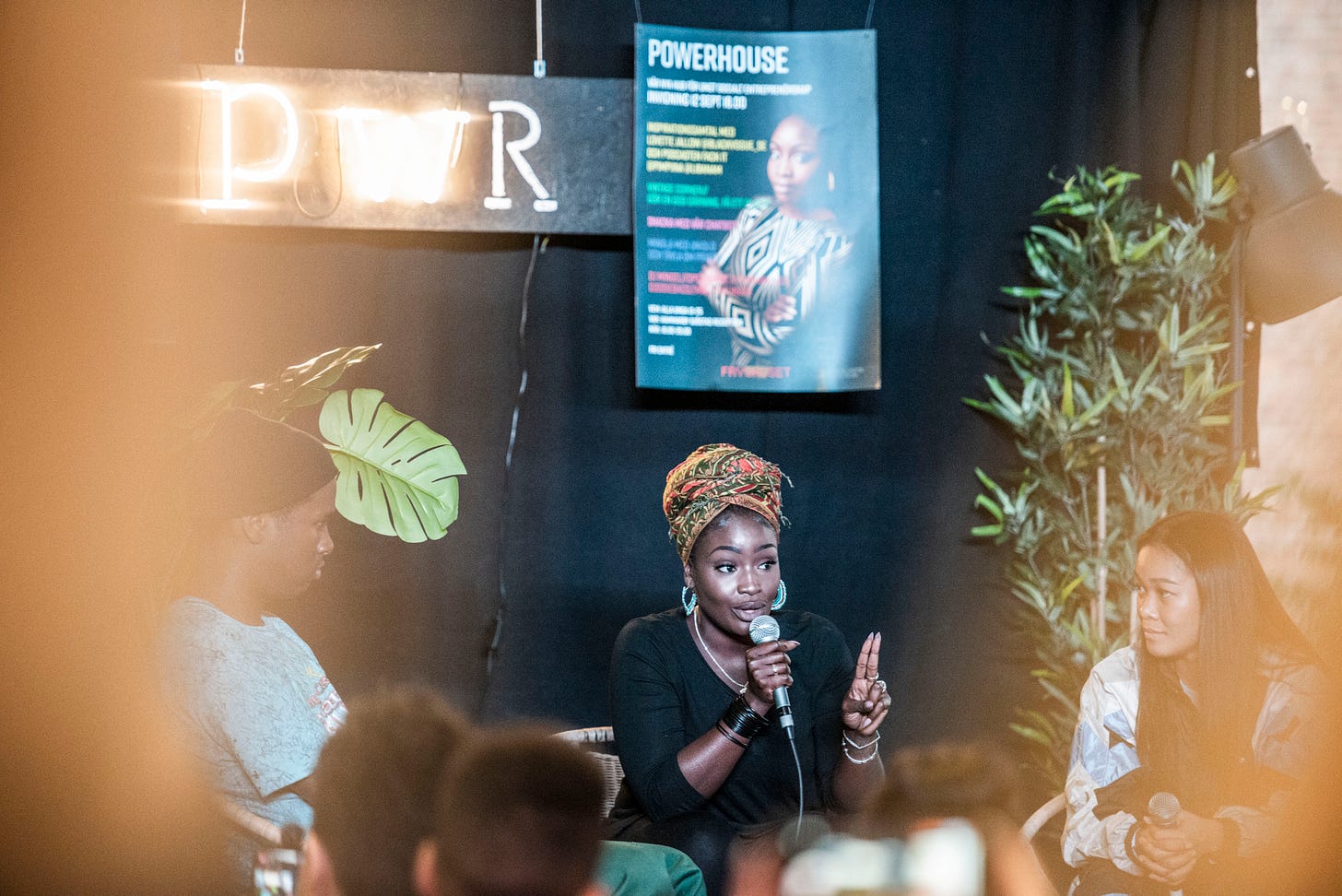
Explore More from The Lovette Jallow Perspective
You can find more of my essays exploring:
Neurodivergence, autism, and navigating public life as a Black woman
Building true inclusion beyond checkbox diversity
Reclaiming voice and agency across personal, political, and historical landscapes
Racism in Sweden and systemic injustice
Each essay connects real-world experience with structural analysis—equipping individuals and institutions to think deeper, act smarter, and build sustainable change.
Who is Lovette Jallow?
Lovette Jallow is one of Scandinavia’s most influential voices on systemic racism, intersectional justice, and human rights. She is a nine-time award-winning author, keynote speaker, lecturer, and humanitarian specializing in:
Neurodiversity and workplace inclusion
Structural policy reform
Anti-racism education and systemic change
As one of the few Black, queer, autistic, ADHD, and Muslim women working at the intersection of human rights, structural accountability, and corporate transformation, Lovette offers a uniquely authoritative perspective rooted in lived experience and professional expertise.
Her work bridges theory, research, and action—guiding institutions to move beyond performative diversity efforts and toward sustainable structural change.
Lovette has worked across Sweden, The Gambia, Libya, and Lebanon—tackling institutional racism, legal discrimination, and refugee protection. Her expertise has been sought by outlets like The New York Times and by leading humanitarian organizations addressing racial justice, policy reform, and intersectional equity.
Stay Connected
➔ Follow Lovette Jallow for expert insights on building equitable, neurodivergent-affirming environments.
🔹 Website: lovettejallow.com
🔹 LinkedIn: linkedin.com/in/lovettejallow
🔹 Instagram: instagram.com/lovettejallow
🔹 YouTube: youtube.com/@jallowlovette
🔹 Twitter/X: twitter.com/lovettejallow
🔹 Bluesky: bsky.app/profile/lovettejallow.bsky.social








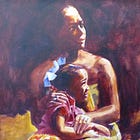

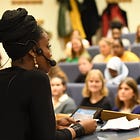



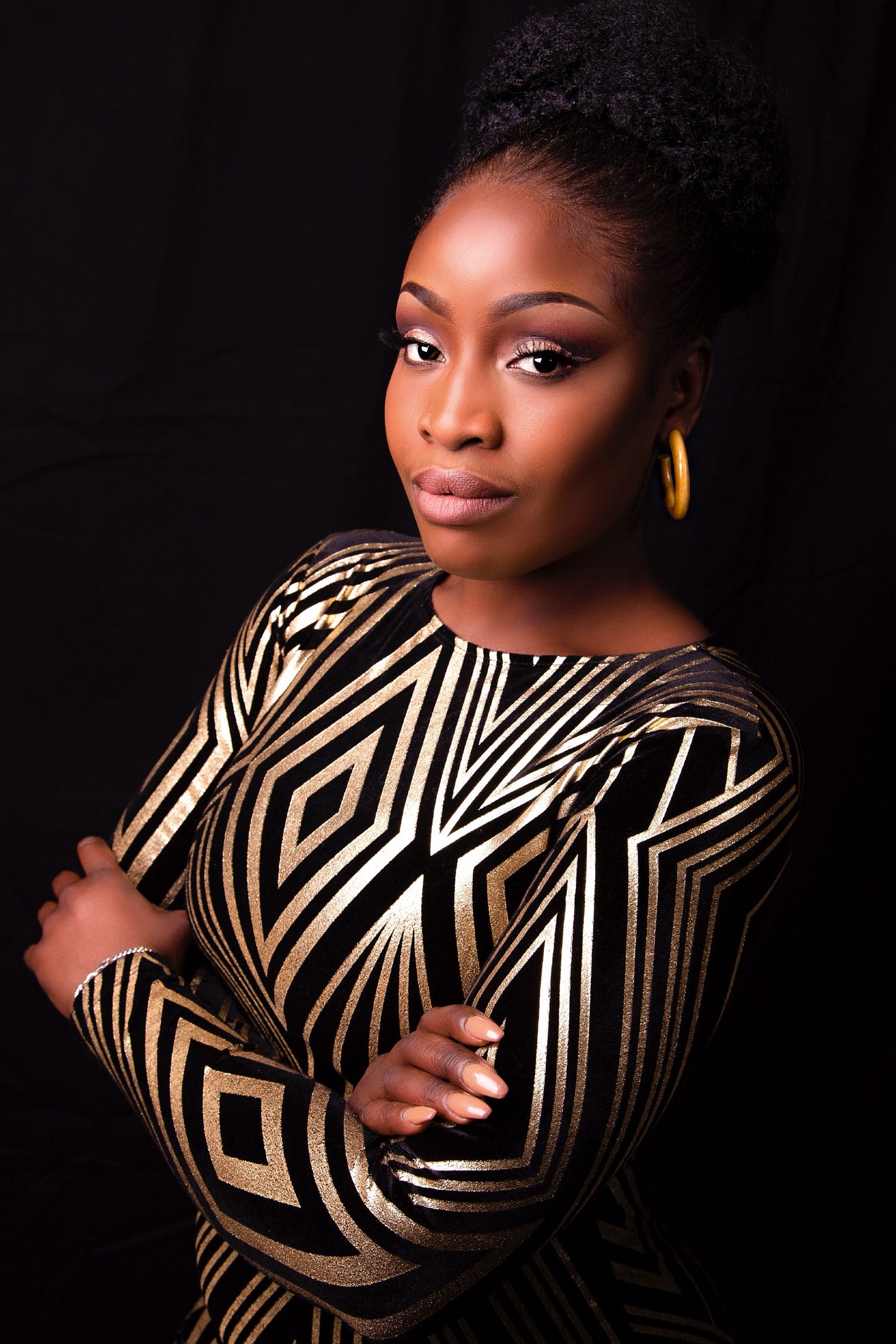
I love your writing and how you make me think!
Okay, I read through this a second time about 24 hours after reading it for the first time & honestly this resonates with me so SO much.
I've read just a bit of what you've overall written & I'm relating to so much, I'm beginning to wonder where you kept the secret cameras that have been watching me my whole life! 🤣 But seriously, you've given me the language to explain how I think & feel for the first time ever. I feel much less confused since I began reading your writing.
What you say about hurt branches, I think I'm definitely in the messy stage right now & I've never wanted to pass my pain onto anyone else, as far as I'm concerned, it ends with me.
I understand what it takes to go to the police about being abused, it was something I had to do at 11, nearly 12 years old. I still remember the feeling in my stomach from that day & it's more than 30 years ago now. I see your bravery ❤️
Oh and the same song playing repeatedly & watching Buffy? So me! I've watched Buffy so many times, I wore out my VHS cassettes!